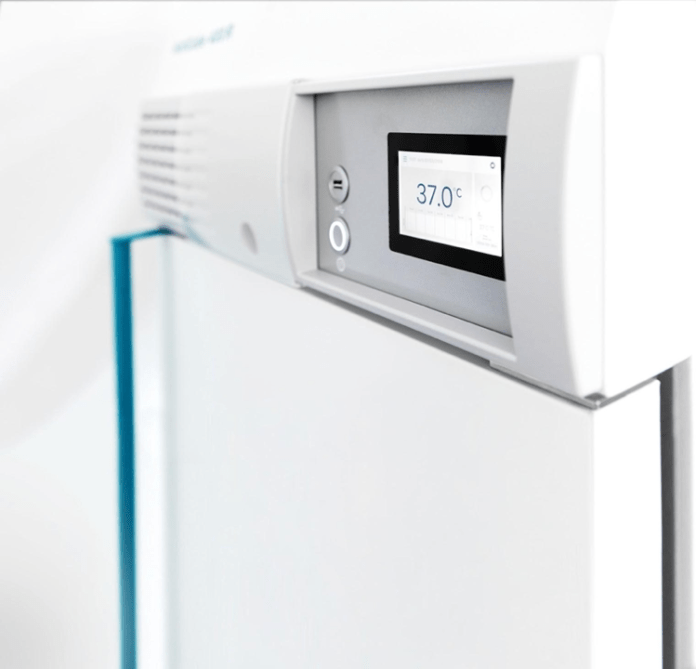Laboratory incubators are essential for many scientific and medical applications, including microbiology, cell culture, and molecular biology. If you’re in the market for a laboratory incubator, it’s important to know what to look for to ensure that you get the right one for your needs.
In this complete guide, we’ll cover everything you need to know about purchasing and using a laboratory incubator.
Types of Laboratory Incubators
There are several types of laboratory incubators available, each with its own unique features and capabilities. Here are some of the most common types of laboratory incubators:
- Gravity Convection Incubators: These incubators use natural convection to maintain a stable temperature within the chamber. They are economical and easy to use, making them a popular choice for many applications.
- Forced Air Incubators: These incubators use a fan to circulate air within the chamber, providing more uniform temperature distribution. They are ideal for applications that require precise temperature control.
- CO2 Incubators: These incubators are designed for cell culture applications that require a controlled atmosphere. They provide a stable environment for cell growth by regulating temperature, humidity, and CO2 levels.
- Shaking Incubators: These incubators are designed for applications that require agitation or mixing, such as cell culture or bacterial growth. They provide a controlled environment for these processes, ensuring optimal growth conditions.
Factors to Consider When Purchasing a Laboratory Incubator
When purchasing a laboratory incubator, there are several factors to consider to ensure that you get the right one for your needs. Here are some of the most important factors to consider:
- Temperature Range: The temperature range of the incubator should be appropriate for the application you have in mind. Some applications require a narrow temperature range, while others require a wider range.
- Capacity: The capacity of the incubator should be appropriate for the number of samples you need to incubate. It’s important to consider both the physical size of the incubator and the number of shelves or racks it can accommodate.
- Control System: The control system of the incubator should be easy to use and provide accurate temperature control. Some incubators have programmable controls that allow you to set temperature and time parameters.
- Safety Features: The incubator should have safety features such as over-temperature protection, alarms, and backup power in case of power outages.
Using a Laboratory Incubator
Here are some tips for efficiently using laboratory incubators:
- Preheat the Incubator: Before placing your samples in the incubator, preheat it to the desired temperature. This will ensure that the temperature is stable and accurate before you begin your experiment.
- Use the Correct Shelves or Racks: Make sure to use the correct shelves or racks for your samples. Using the wrong size or type of shelf or rack can affect temperature distribution and lead to inaccurate results.
- Monitor Temperature: It’s important to monitor the temperature of the incubator regularly to ensure that it stays within the desired range. Many incubators have built-in temperature sensors and displays, but it’s also a good idea to use a separate thermometer to double-check the temperature.
- Clean and Maintain the Incubator: Regular cleaning and maintenance of the incubator will ensure that it continues to function properly and provide accurate results. Follow the manufacturer’s instructions for cleaning and maintenance, and be sure to clean spills or contamination immediately.
Conclusion
A laboratory incubator is an essential tool for many scientific and medical applications. When purchasing a laboratory incubator, it’s important to consider factors such as temperature range, capacity, control system, and safety features. Once you’ve purchased your incubator, be sure to use it correctly by preheating it, using the correct shelves or racks, monitoring temperature, and cleaning and maintaining it regularly.
Following these guidelines, you can ensure that your laboratory incubator provides accurate and reliable results for your experiments.









